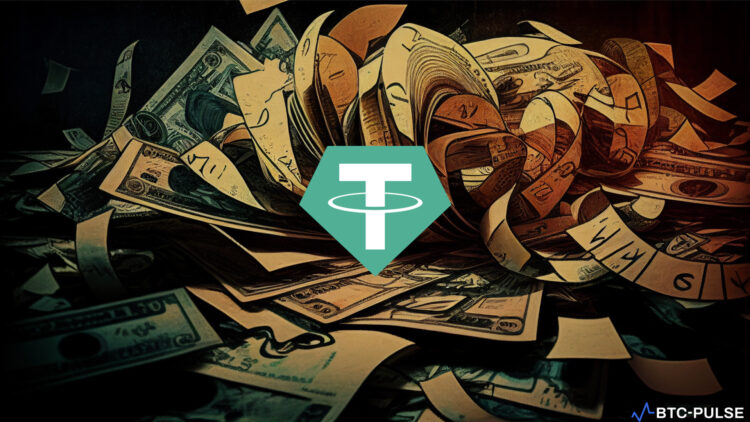Tether, the company behind the widely-used stablecoin USDT, has reported that it expects to post a $700m profit for Q1 2023, matching its Q4 2022 profit. The projected profit is attributed to a surge in demand for USDT across various blockchains, expansion of Tether’s product offerings, and improved transparency and compliance in its operations.
Tether’s Chief Technology Officer, Paolo Ardoino, also disclosed that the majority of the company’s reserves are invested in short-term US Treasury bills, and it works with Cantor Fitzgerald, Capital Union Bank, and Deltec Bank & Trust as custodians for its holdings.
With the projected Q1 2023 profit, Tether would have a total of $1.6 billion in excess reserves by the end of March 2023 and an increase in circulation of 18%, reaching $78b. USDT remains the most widely used stablecoin in the crypto market, accounting for almost 60% of the total stablecoin market cap.
Tether’s success comes at the expense of other stablecoins such as Binance USD (BUSD) and USD Coin (USDC), which have seen their market share decline in recent months. BUSD has been affected by regulatory crackdowns on stablecoin issuers, while USDC has suffered from a loss of confidence after revelations that Circle had deposits tied up with a collapsed lender.
Tether intends to invest 20% of its profits in strategic projects that benefit its ecosystem and users. The company supports Bitcoin as its “insurance” against the risks of the traditional financial system and invests in other cryptocurrencies and blockchain projects that have potential.
Tether’s continued growth and success underscore the importance of transparency and compliance in the crypto industry. As more investors and users enter the market, they will demand greater transparency and assurance that their assets are safe and secure. Tether’s commitment to these principles has helped it become a leader in the stablecoin market and is a positive sign for the broader crypto industry.










